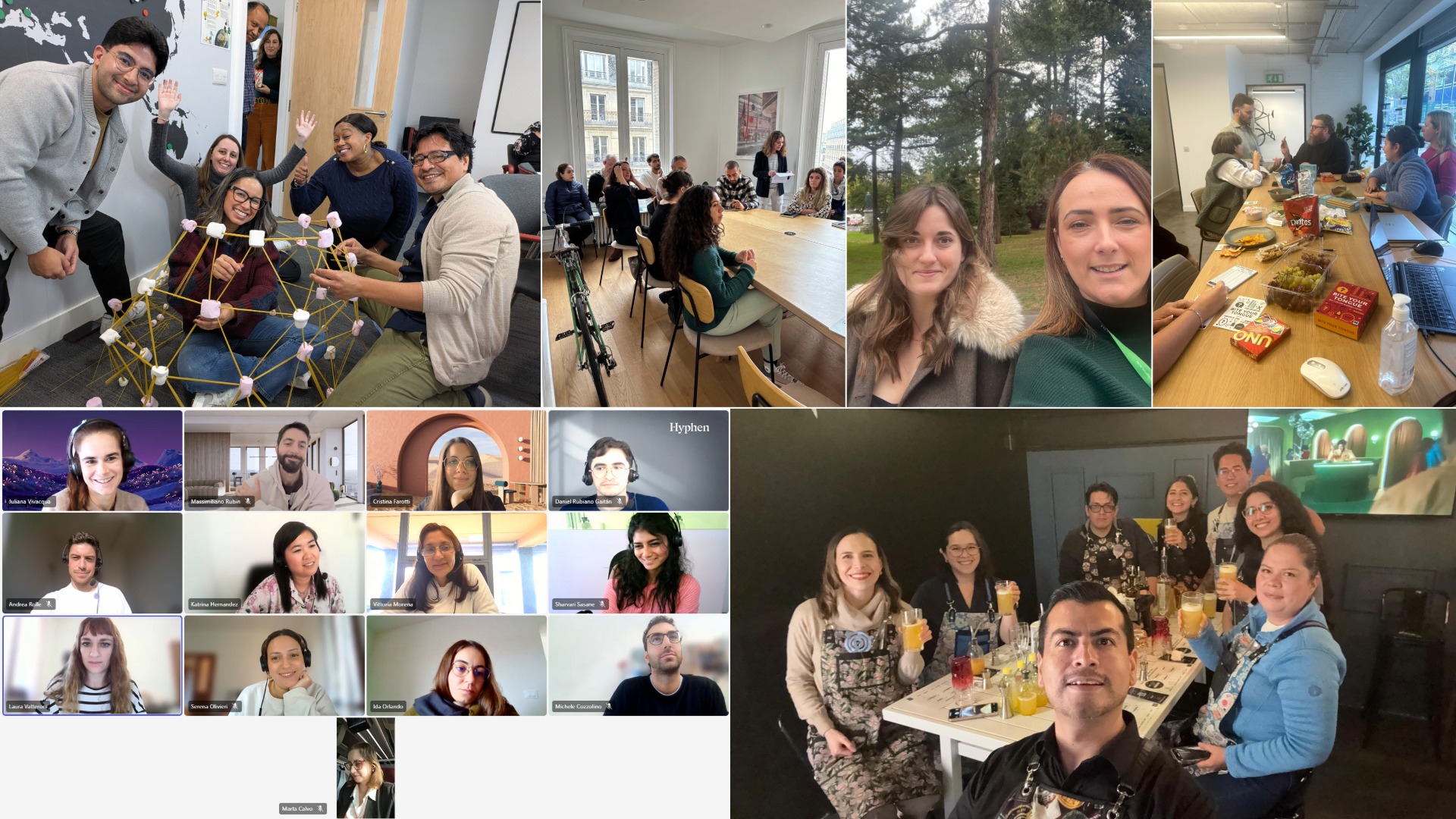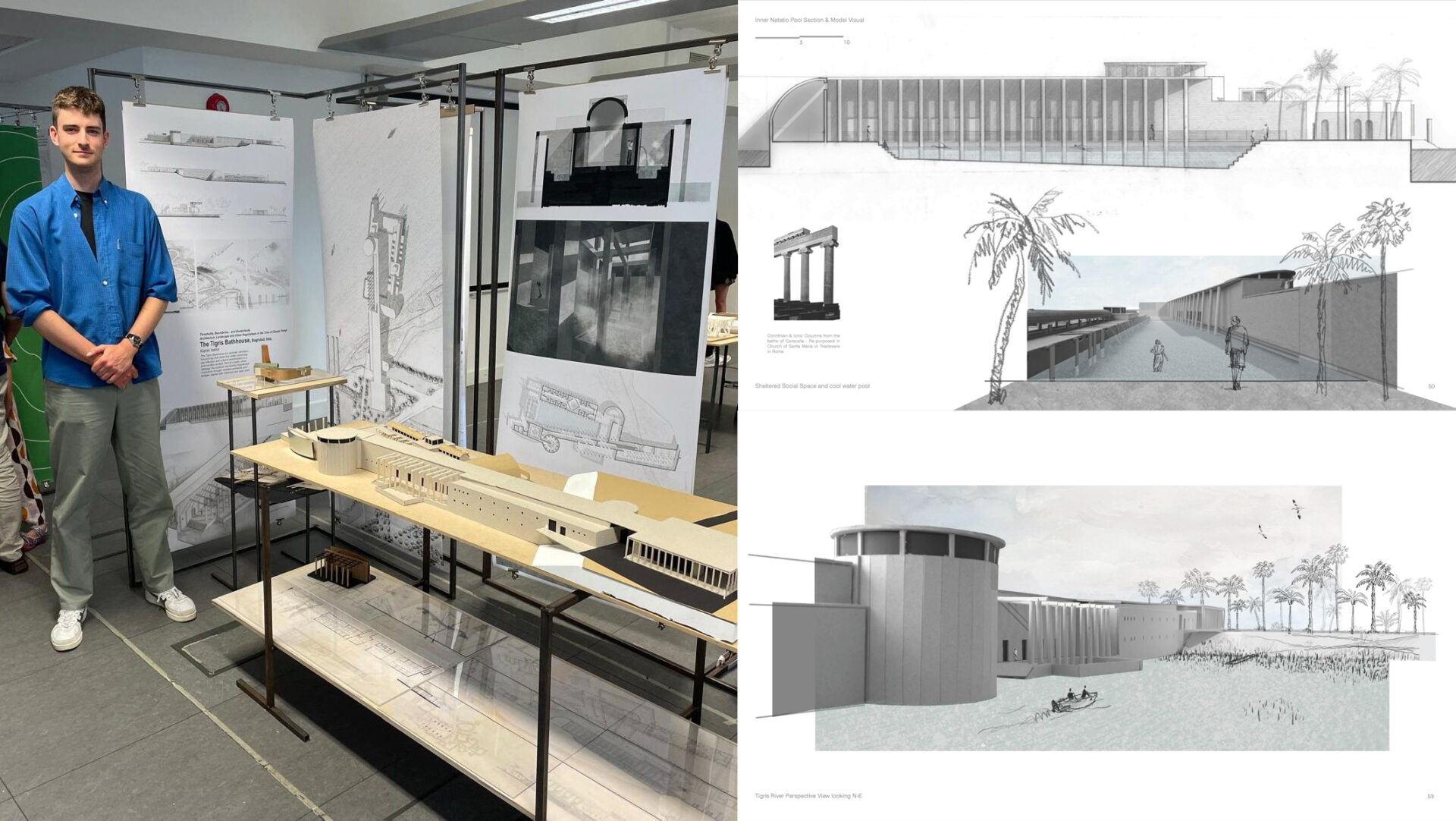Reflections from Miami on the ideas shaping future districts and how these conversations connect to the direction behind Rio AI City.
Our team has returned from the World Architecture Festival 2025 in Miami, where Rio AI City was presented in the Future Infrastructure and Masterplanning categories. The visit also included the formal collection of the WAFX Award secured earlier this year.
While we did not win in the shortlisted categories, the festival offered valuable insight into how large scale, digitally enabled districts are being approached internationally. The conversations reflected a real shift in how cities are preparing for AI-driven demand, environmental responsibility and long term operational value. These themes are increasingly relevant to real estate investors, developers and asset managers who are navigating evolving expectations around resilience, mixed use environments and adaptable asset strategies.
A clear focus on long term value
Across the presentations, the festival’s live jury format placed strong emphasis on how future districts deliver long term value. The strongest projects were those with a clear purpose, a well considered approach to land use and infrastructure, and decisions that supported environmental responsibility, social relevance and operational performance over time.
“The best projects were not just visually strong, they showed clear thinking and decisions tied to real challenges.”
Javier Moya Ortiz, Senior Architect and Rio AI City lead designer
For our team, these conversations reinforced the importance of clarity at the early stages of complex developments. Understanding how design choices influence adaptability, resilience and future demand is now a central part of planning large-scale districts.
Themes shaping investment-led development
Several themes echoed the shifts we see across markets linked to digital infrastructure, mixed use regeneration and long term asset performance:
Carbon footprints at material and product level
Discussions focused on how early design choices influence long term environmental performance, regulatory alignment and lifecycle cost.
AI driven workflows across design and construction
Less about visual output and more about how data and automation can support faster decision making, planning clarity and construction efficiency.
Adaptable mixed use districts designed for resilience
A growing emphasis on flexible structures, integrated public realm and district-level infrastructure that can respond to shifting market and social needs.
These themes are closely aligned with the approach behind Rio AI City. Its modular planning, integration with Rio’s Olympic Park and focus on public realm and connectivity reflect the kind of long term, adaptable development strategies many clients are prioritising today.
A strengthened sense of direction
The conversations in Miami reinforced the relevance of the approach behind Rio AI City. As expectations for digital infrastructure continue to rise, large scale districts are being judged not only by their design ambition but by how well they respond to long term operational, environmental and social demands. The WAFX Award recognised this earlier in the year, and the festival discussions further highlighted why this direction matters.
“Rio AI City shows how digital infrastructure can work in balance with people, place and long term value. The conversations at WAF confirmed that this integrated approach is becoming essential for the kinds of developments shaping our cities.”
Eva Diego García, Director of Business Expansion
“Seeing Rio AI City in this context confirmed how well it sits within the global conversation on future districts.”
Matías Menichetti Ugarte, Director Chile
These reflections strengthen our belief that adaptable, mixed use and infrastructure-led districts will play a significant role in how cities grow. Rio AI City is one example of how thoughtful planning, technical understanding and close partnership can support resilient development strategies.
For many in the real estate sector, digital infrastructure is now shaping questions around land use, development strategy and long-term value. Understanding how these pressures translate into viable district-scale plans will be increasingly important in the years ahead.


